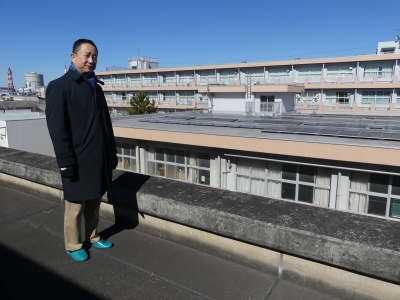U.S. President Donald Trump's initial policy proposals raised concern at the Federal Reserve about higher inflation, with firms telling the U.S. central bank they generally expected to raise prices to pass along the cost of import tariffs, policymakers said at a meeting held about a week after Trump's Jan. 20 inauguration.
Participants at the U.S. central bank's Jan. 28 to 29 meeting "generally pointed to the upside risks to the inflation outlook," rather than risks to the job market, according to the minutes from the meeting, which were released Wednesday. "In particular, participants cited the possible effects of potential changes in trade and immigration policy, the potential for geopolitical developments to disrupt supply chains, or stronger-than-expected household spending."
While still having faith that price pressures will ease in coming months, "other factors were cited as having the potential to hinder the disinflation process," the minutes said, including the fact that "business contacts in a number of (Fed) districts had indicated that firms would attempt to pass on to consumers higher input costs arising from potential tariffs."


















With your current subscription plan you can comment on stories. However, before writing your first comment, please create a display name in the Profile section of your subscriber account page.